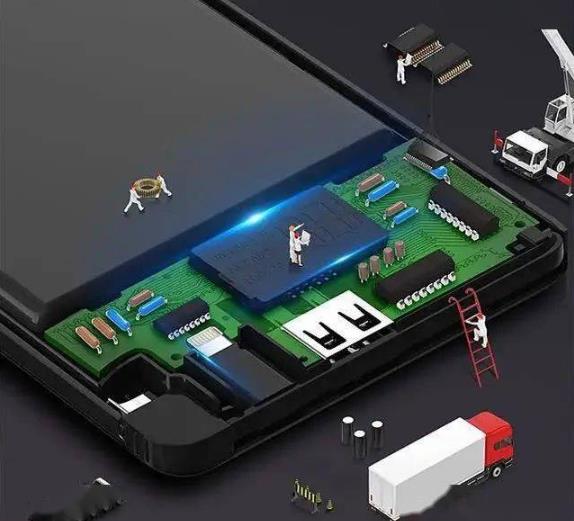The names of the circuit boards are: ceramic circuit boards, alumina ceramic circuit boards, aluminum nitride ceramic circuit boards, circuit boards, PCB boards, aluminum substrates, high frequency boards, thick copper boards, impedance boards, PCBs, ultra-thin circuit boards, ultra Thin circuit boards, printed (copper etching technology) circuit boards, etc. The circuit board makes the circuit miniaturized and intuitive, which plays an important role in the mass production of fixed circuits and optimizing the layout of electrical appliances. The circuit board can be called a printed circuit board or a printed circuit board. The English name is (Printed Circuit Board) PCB, (Flexible Printed Circuit board) FPC circuit board (FPC circuit board is also called flexible circuit board). Or polyester film made of a substrate with high reliability, excellent flexibility printed circuit board. It has the characteristics of high wiring density, light weight, thin thickness, and good flexibility.) and soft and hard Combination board (reechas, Soft and hard combination plate)-The birth and development of FPC and PCB, gave birth to the new product of soft and hard combination plate. Therefore, the rigid-flex board is the flexible circuit board and the rigid circuit board. After pressing and other processes, they are combined according to the relevant process requirements to form a circuit board with FPC characteristics and PCB characteristics.
According to the number of layers, circuit boards are divided into three major categories: single-sided, double-sided, and multi-layer circuit boards.

The first is a single panel. On the most basic PCB, the parts are concentrated on one side, and the wires are concentrated on the other side. Because the wires only appear on one side, this kind of PCB is called a single-sided circuit board. Single-sided panels are usually simple to manufacture and low in cost, but the disadvantage is that they cannot be applied to products that are too complex.
Double-sided boards are an extension of single-sided boards. When single-layer wiring cannot meet the needs of electronic products, double-sided boards should be used. There are copper-clad wires on both sides, and the lines between the two layers can be connected through vias to form the required network connections.
Multi-layer board refers to a printed board with more than three conductive pattern layers and insulating material between them laminated at intervals, and the conductive patterns between them are interconnected as required. Multilayer circuit boards are the product of the development of electronic information technology in the direction of high speed, multi-function, large capacity, small volume, thinner and lighter weight.
Circuit boards are divided into flexible boards (FPC), rigid boards (PCB), and rigid-flex boards (FPCB) according to their characteristics.
FR-1: "flame retardant copper clad phenolic paper laminate. IPC4101 detailed specification number 02; Tg N/A;
FR-4: 1) Flame-retardant copper-clad epoxy E glass fiber cloth laminate and its bonding sheet material. IPC4101 detailed specification number 21; Tg≥100 degree Celsius;
2) Flame-retardant copper-clad modified or unmodified epoxy E glass fiber cloth laminate and its bonding sheet material. IPC4101 detailed specification number 24; Tg 150 degree Celsius~200 degree Celsius;
3) Flame-retardant copper clad epoxy/PPO glass cloth laminate and its bonding sheet material. IPC4101 detailed specification number 25; Tg 150 degree Celsius~200 degree Celsius;
4) Flame-retardant copper-clad modified or unmodified epoxy glass cloth laminate and its bonding sheet material. IPC4101 detailed specification number 26; Tg 170 degree Celsius~220 degree Celsius;
5) Flame-retardant copper-clad epoxy E glass cloth laminate (used for catalytic addition method). IPC4101 detailed specification number 82; Tg N/A;
94V_0
CEM-1
PCB factories should focus on the manufacture of printed circuit board prototypes and small-batch boards. Products and services are characterized by "multi-variety, small-batch, high-level, and short delivery time", and are committed to satisfying customer research, testing, and development of new products In line with pilot test requirements, the products are widely used in security electronics, industrial control, communication equipment, medical equipment, automotive electronics, rail transit and other fields. In order to better respond to the needs of customers at all stages of the product life cycle, the company has gradually developed a one-stop service model from prototype production to mass production, meeting customers PCB needs from new product development to final finalized mass production. The company's future development opens up a broader space.